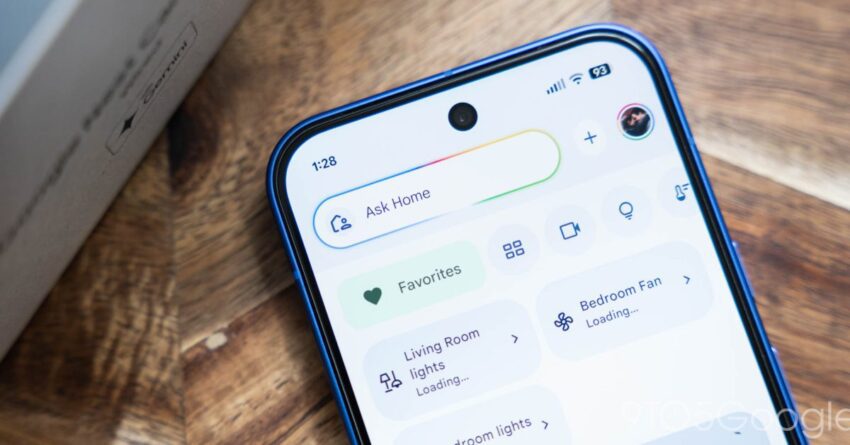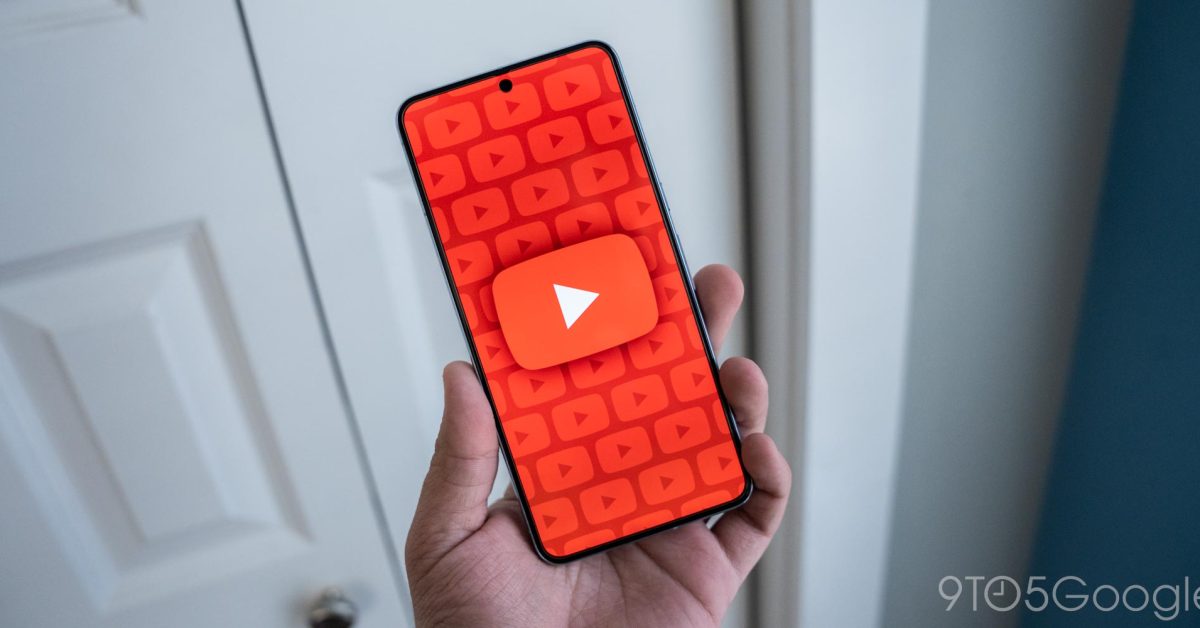
yes the google home app now has Google Home has recently updated its app to incorporate Material 3 Expressive’s new shorter bottom bar, enhancing user navigation and interface design.
yes the google home app now has
Understanding Material 3 Expressive
Material 3 Expressive, introduced by Google, represents a significant evolution in the design language that underpins many of its applications and services. This design framework emphasizes personalization, accessibility, and a more fluid user experience. One of the most notable features of Material 3 is its adaptable UI elements, which allow apps to better reflect user preferences and device capabilities.
Initially, when Material 3 Expressive was launched, not all applications adopted the shorter bottom bar design. This inconsistency raised questions about the implementation of the new design across various Google services. The bottom bar is a critical component of app navigation, providing users with quick access to essential features and functions. The decision to maintain a longer bottom bar in some applications led to a fragmented user experience, which Google has now addressed with the latest update to the Google Home app.
The Update to Google Home
With the latest update, the Google Home app has transitioned to the shorter bottom bar design, aligning itself with the Material 3 Expressive framework. This change is not merely cosmetic; it represents a broader commitment by Google to streamline its user interfaces across all platforms. The shorter bottom bar allows for a more compact and efficient navigation experience, reducing clutter and making it easier for users to access the features they use most frequently.
Features of the New Bottom Bar
The new bottom bar in the Google Home app includes several key features:
- Streamlined Navigation: The shorter design allows for a more focused view of the app, minimizing distractions and helping users find what they need more quickly.
- Improved Accessibility: With fewer elements on the screen, users can navigate the app more easily, which is particularly beneficial for those with visual impairments or other accessibility needs.
- Consistent User Experience: By adopting the shorter bottom bar, Google Home aligns itself with other applications that have embraced Material 3 Expressive, creating a more cohesive experience across the Google ecosystem.
Implications of the Update
The introduction of the shorter bottom bar in the Google Home app has several implications for users and developers alike. For users, the update promises a more intuitive and efficient way to interact with their smart home devices. As smart home technology continues to proliferate, the need for user-friendly interfaces becomes increasingly critical. The streamlined design is expected to enhance user satisfaction and engagement, as individuals can more easily control their devices and access various features.
From a developer’s perspective, the update underscores the importance of adhering to design standards set forth by Google. As Material 3 Expressive continues to evolve, developers will need to ensure that their applications remain compliant with these standards to provide a seamless user experience. This may involve re-evaluating existing designs and making necessary adjustments to align with the latest guidelines.
Stakeholder Reactions
The response to the update has been largely positive among users and industry experts. Many users have expressed appreciation for the enhanced navigation experience, noting that the shorter bottom bar makes it easier to access frequently used functions. Social media platforms and tech forums have seen an influx of comments praising the update, with users highlighting the improved usability and aesthetic appeal of the new design.
Industry experts have also weighed in on the significance of this update. Some have pointed out that the move to a shorter bottom bar is indicative of a broader trend in app design, where simplicity and efficiency are prioritized. This aligns with user preferences for clean, uncluttered interfaces that allow for quick access to essential features.
Contextualizing the Update Within Google’s Ecosystem
The update to the Google Home app is part of a larger strategy by Google to unify its design language across all platforms and applications. As the company continues to expand its suite of services, maintaining a consistent user experience becomes paramount. The adoption of Material 3 Expressive across various applications is a step toward achieving this goal.
Moreover, the update reflects Google’s ongoing commitment to enhancing the smart home experience. As more consumers invest in smart home technology, the need for intuitive interfaces that facilitate seamless interaction with devices is critical. By improving the Google Home app’s navigation and usability, Google positions itself as a leader in the smart home market, catering to the evolving needs of consumers.
Future Developments
Looking ahead, it is likely that Google will continue to refine the Google Home app and other applications within its ecosystem. As user feedback is collected and analyzed, further updates may be implemented to enhance functionality and address any lingering issues. Additionally, as Material 3 Expressive evolves, new features and design elements may be introduced, providing developers with opportunities to innovate and improve their applications.
Furthermore, the integration of artificial intelligence and machine learning into smart home technology is expected to play a significant role in future updates. As Google continues to invest in AI capabilities, users may see more personalized experiences within the Google Home app, tailored to their specific preferences and usage patterns.
Conclusion
The recent update to the Google Home app, featuring the shorter bottom bar from Material 3 Expressive, marks a significant step forward in enhancing user experience and navigation. By aligning with the latest design standards, Google not only improves the usability of its app but also reinforces its commitment to providing a cohesive and intuitive interface across its services. As the smart home market continues to grow, such updates will be essential in meeting user expectations and maintaining a competitive edge.
Source: Original report
Was this helpful?
Last Modified: November 20, 2025 at 2:37 pm
5 views















